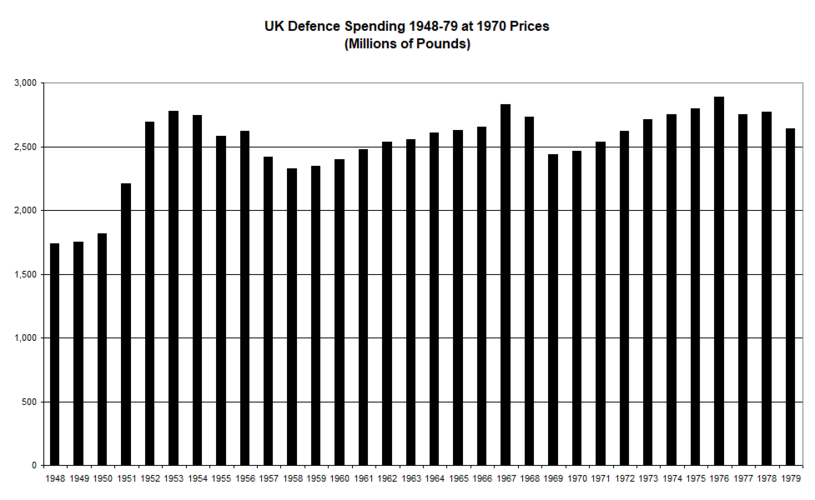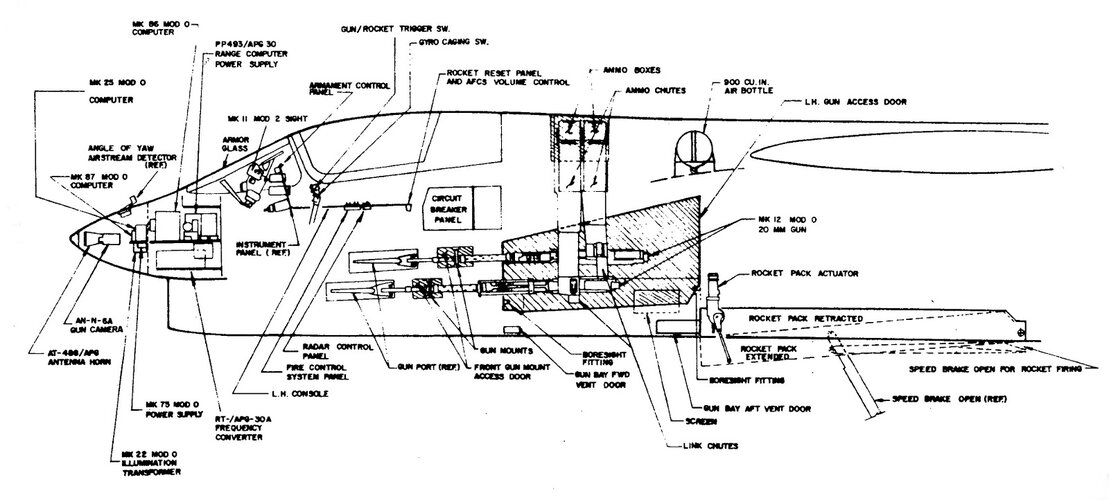No doubt there were more votes in hospitals etc than bombs, but the constant refrain is that Britain was broke, couldn't afford things etc. The fact or the matter is that Britain did have the money and could have made different decisions. What's more the amounts of money aren't that vast, in 1963 CVA01 was expected to cost 60 million pounds over 8 years, 7.5m per year in a budget of 2.4-2.8 billion.
Fair enough, no offence was meant and I broadly agree with you.
Plus, you, David Hobbs and I suspect that the building & operating costs of 3 CVA.01s was less than double the equivalent costs of 3 Invincibles & the RAF's TASMO force. E.g. the money spent on Nimrod AEW.3 would have paid for Ark Royal (V)* 4½-times over (about £1 billion v £220 million).
Furthermore, I've argued that more defence spending between the World Wars wouldn't have broken the Bank of England, but that's in a
"No Geddes Axe" timeline, because he cut taxes as well as cutting spending and in my timelines the extra spending is paid for by extra taxation.
However, we don't know how far CVA.01 would have gone over time and budget or whether the increase in the cost would have been more or less than the Retail Price Index.
Perhaps if the SGHWR power plant was selected instead of the AGR the money wasted building dodgy nuclear power plants could have instead gone to CVA01.
I say spent rather than wasted because they were (eventually) made to work and it's par for the course for advanced technology projects to take longer than expected to come to fruition and cost to more than expected.
The prototype Spitfire flew later than expected, the first production aircraft was delivered later than expected and the last aircraft from the first contract (for 310 aircraft) was delivered about 6 months late. I wouldn't be surprised to lean that the R&D cost was more than expected, the production cost was more than expected and that when it did enter service the Spitfire had more than its fair share of teething problems. Was the Spitfire a waste of money?
Would the TTL SGHWR reactor programme have been managed any better than the OTL AGR programme? I don't know for sure, but I'm not hopeful.
If SGHWR was cheaper than AGR the money saved could have been spent on some CVA.01s. Unfortunately, I suspect that 3 strike carriers (instead of 3 through deck cruisers) would have been several lines down the list of HMG's priorities, behind motorway extensions in marginal constituencies, bypasses in marginal constituencies and bigger pay rises for public sector workers (except members of the armed forces).
Footnote: *Ark Royal (V) was the third Invincible, which was built 1978-85 and roughly corresponds to the Nimrod AEW programme (1977-86).








